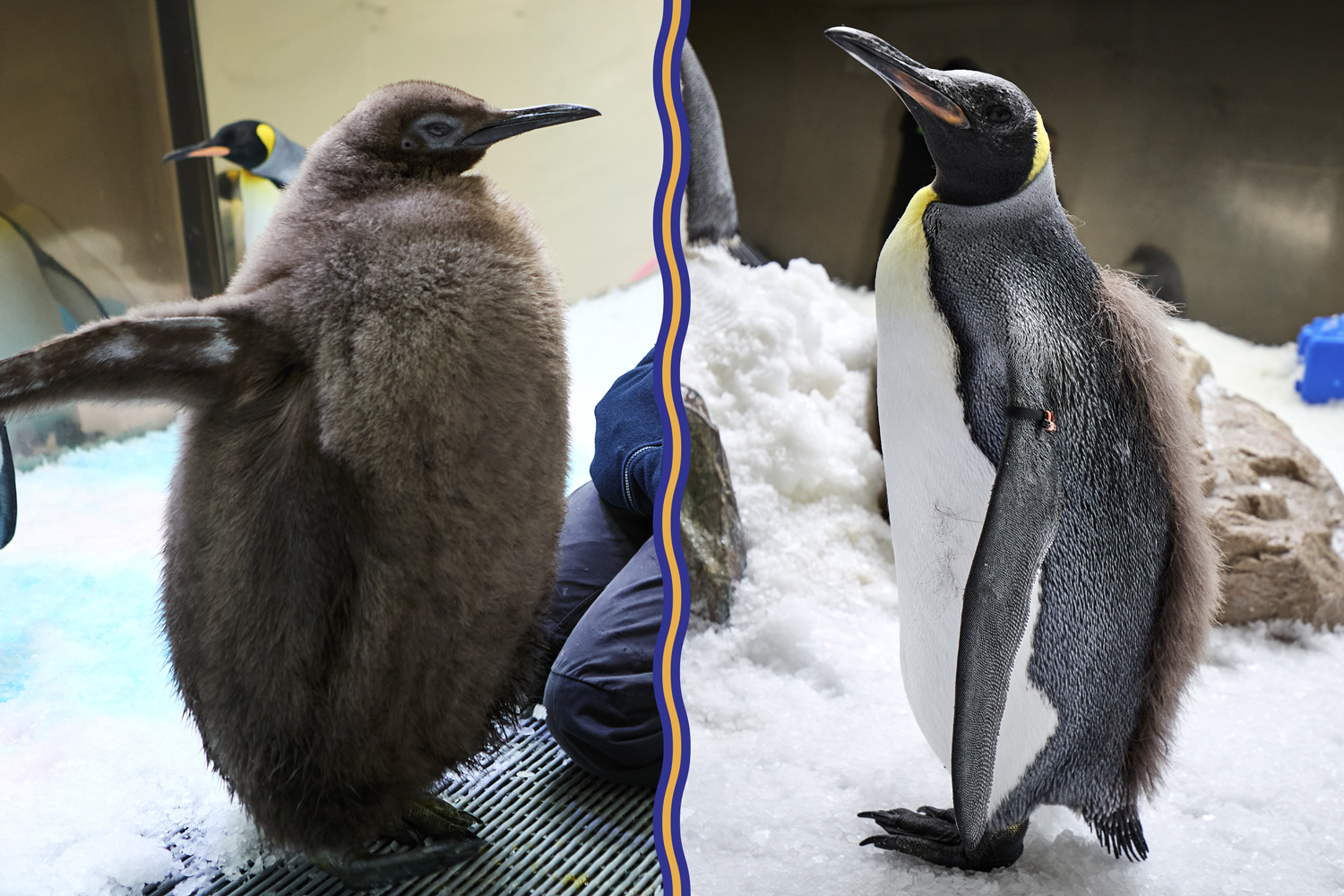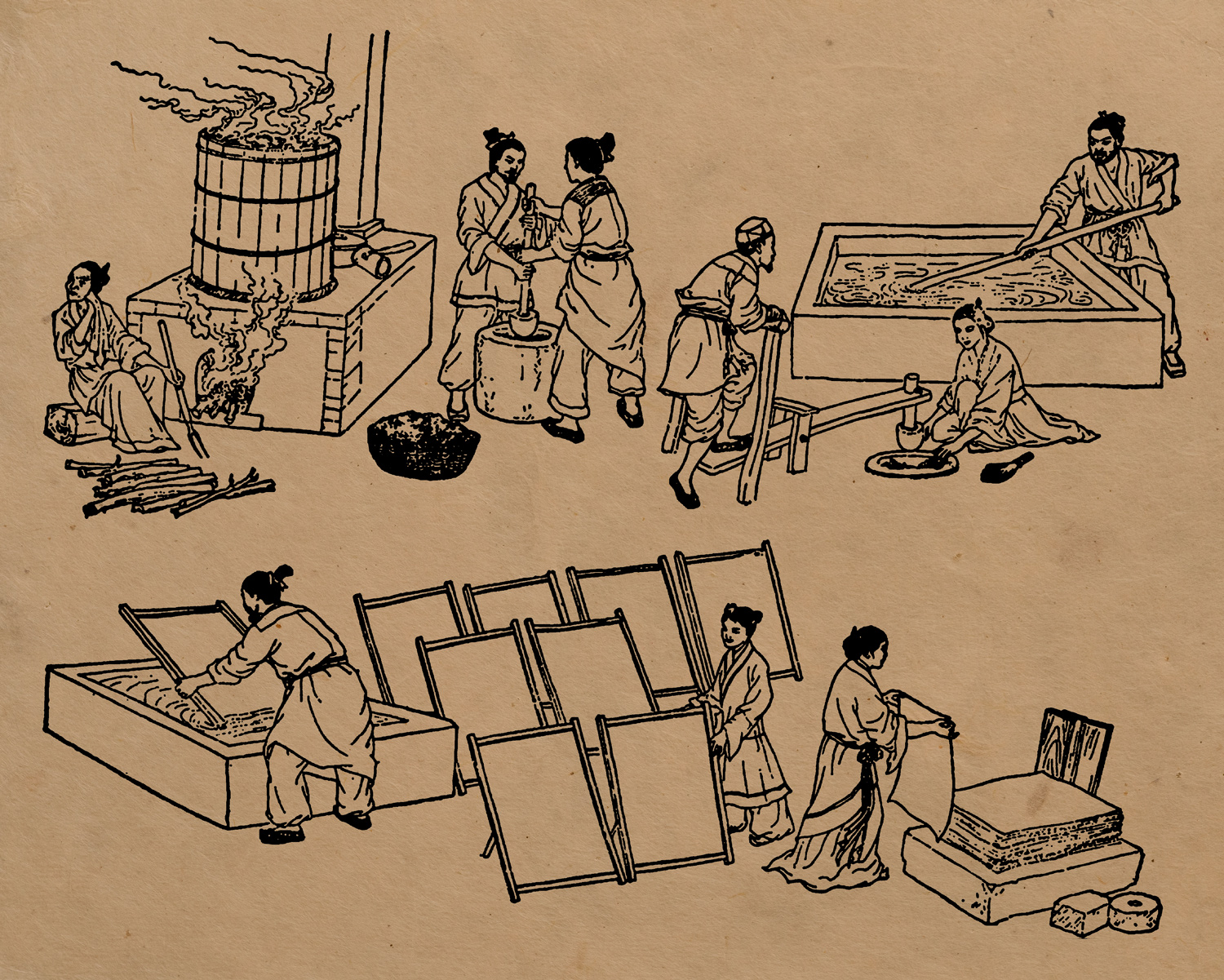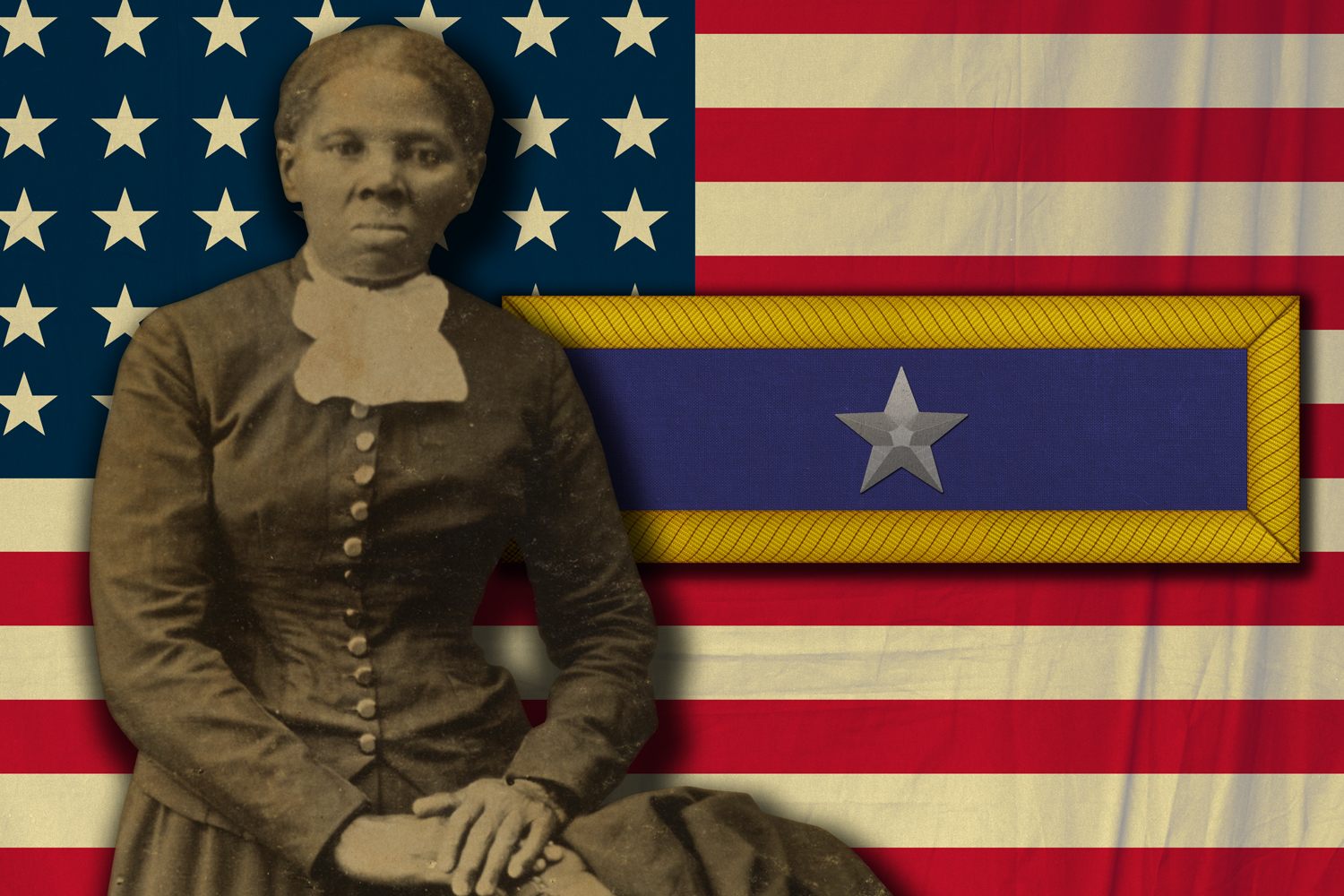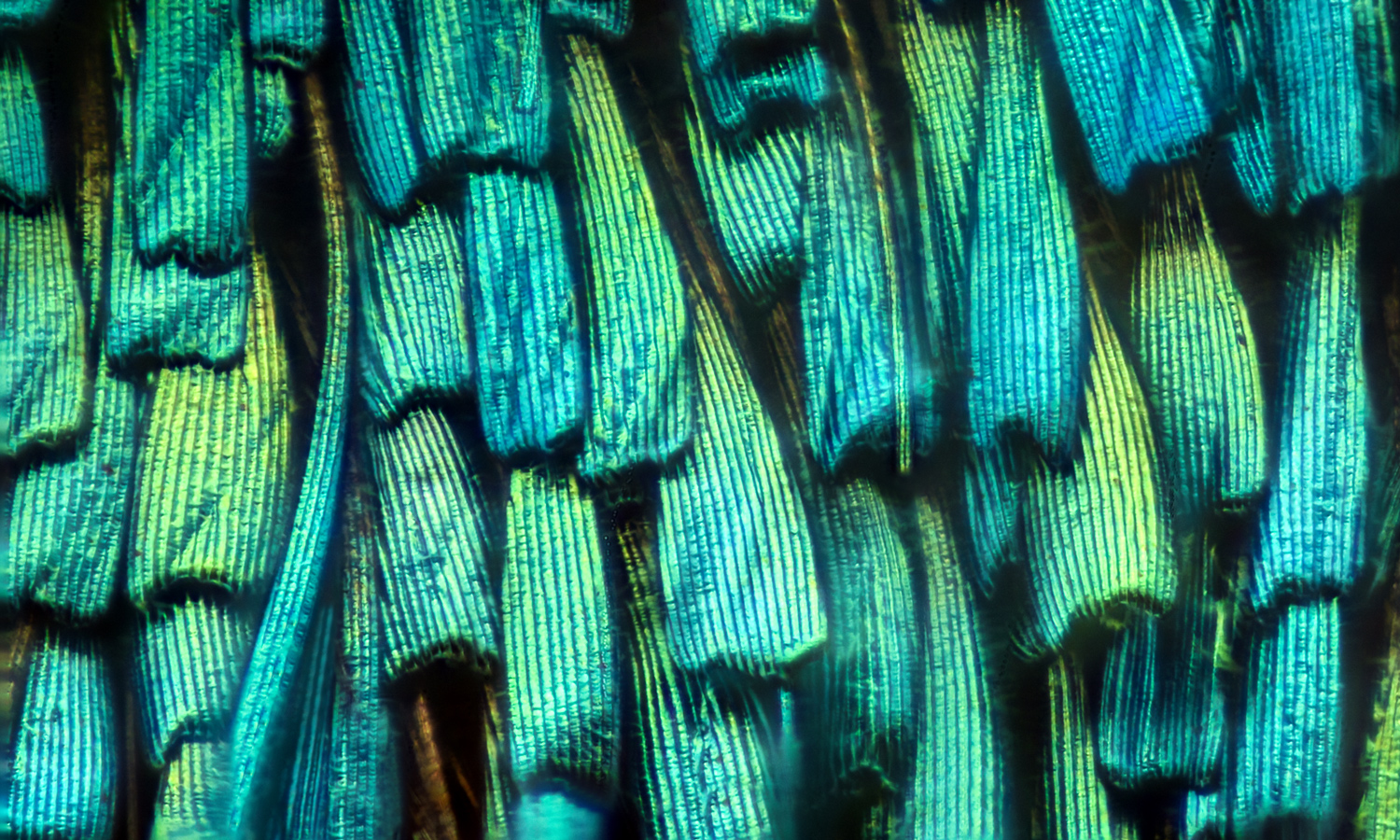Paper Microscope Shows a Whole New World
Not everyone can afford a microscope, so a scientist invented a less expensive one that’s made out of paper.
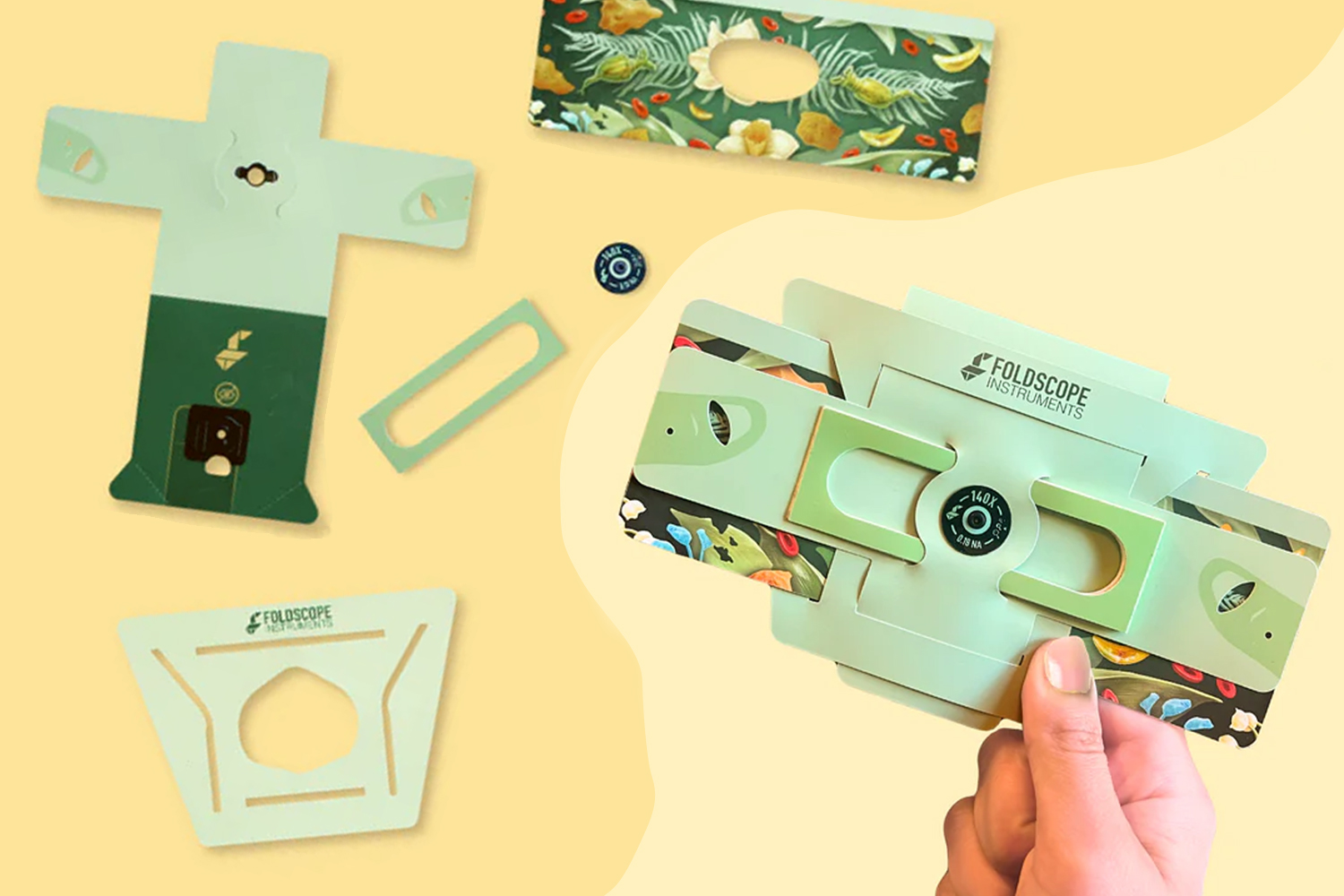
Foldscope (foldscope.com)
The paper Foldscope is easy to put together.
Microscopes can save lives. These scientific instruments can magnify tiny bacteria and other organisms that people can’t see with only their eyes. But since many people around the world can’t afford microscopes, harmful bacteria and diseases aren’t always detected. That’s why Manu Prakash, a bioengineer at Stanford University in California, invented an inexpensive paper microscope called Foldscope.
Foldscope comes in a kit and is easy to put together. There are three parts—a piece of paper, stick-on magnets, and a glass lens to magnify things. To assemble the microscope, you just fold the paper according to the instructions and use the magnets to keep the folds in place. Finally, you pop the lens into a hole that’s been punched into the paper.
The assembled foldscope can magnify up to 140 times and is small enough to put into a pocket. The paper is waterproof and doesn’t tear easily, sort of like paper money.
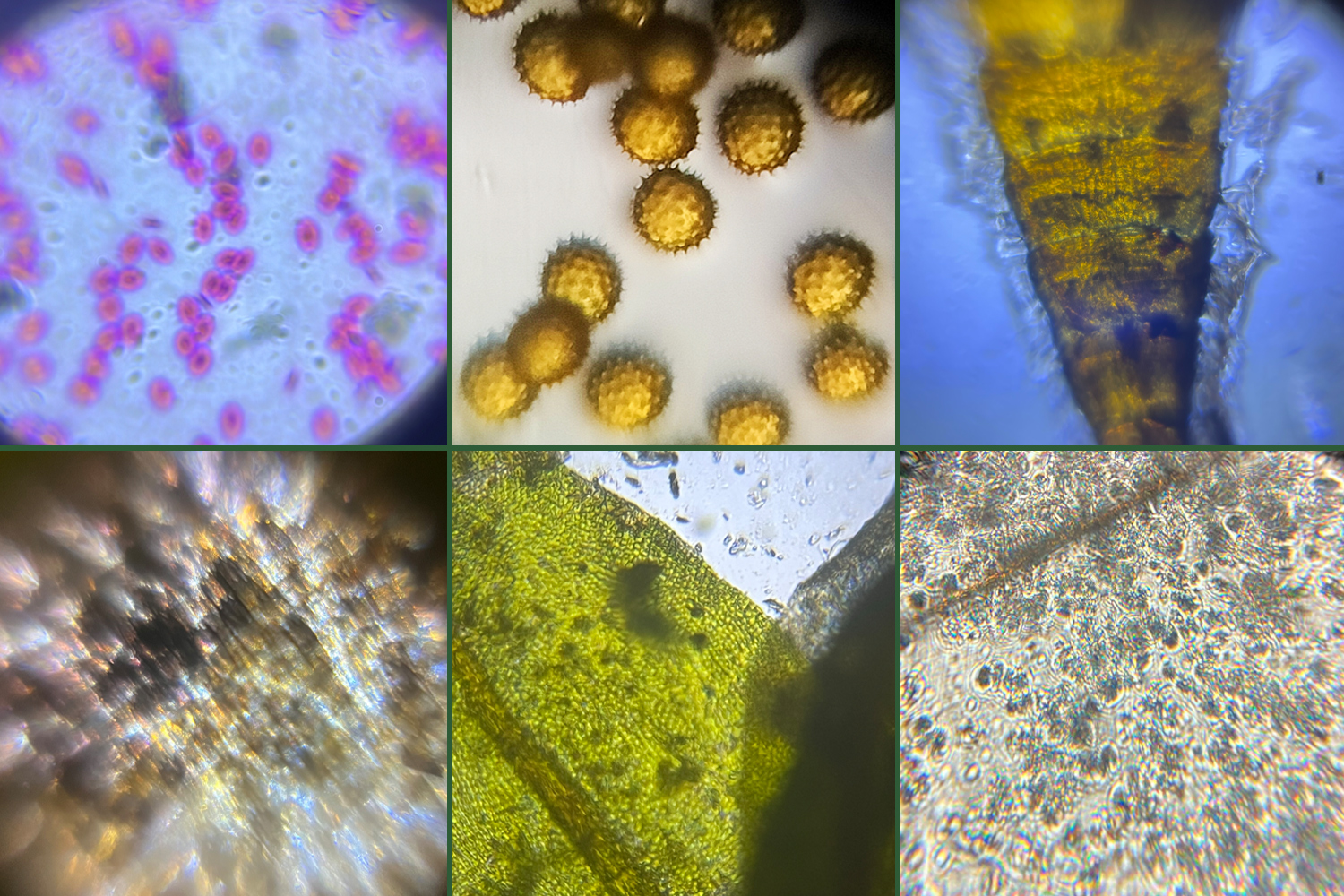
Lambert, Prakash S, Eli Hevalow, Anjana, Zura, J Wilm/Foldscope (foldscope.com); Photo composite Encyclopædia Britannica, Inc.
This image shows six specimens (samples) as viewed through Foldscope. Clockwise from the left, they are frog red blood cells, pollen grains, a butterfly antenna, skin oils and hair, moss, and a butterfly wing.
Prakash got the idea for Foldscope when he was traveling and noted that it was hard to find working microscopes in some parts of the world. Microscopes aren’t just expensive. They can also be bulky and hard to carry from place to place. Prakash realized that many people would benefit from a cheap, portable microscope. Foldscope became available in 2014.
Today, Foldscope is available to purchase online, and some of the profit is used to provide Foldscope for free to those who cannot afford it. The device can be used by scientists, doctors, kids in classrooms, and anyone else to learn, examine, and even diagnose—just as people use regular microscopes.
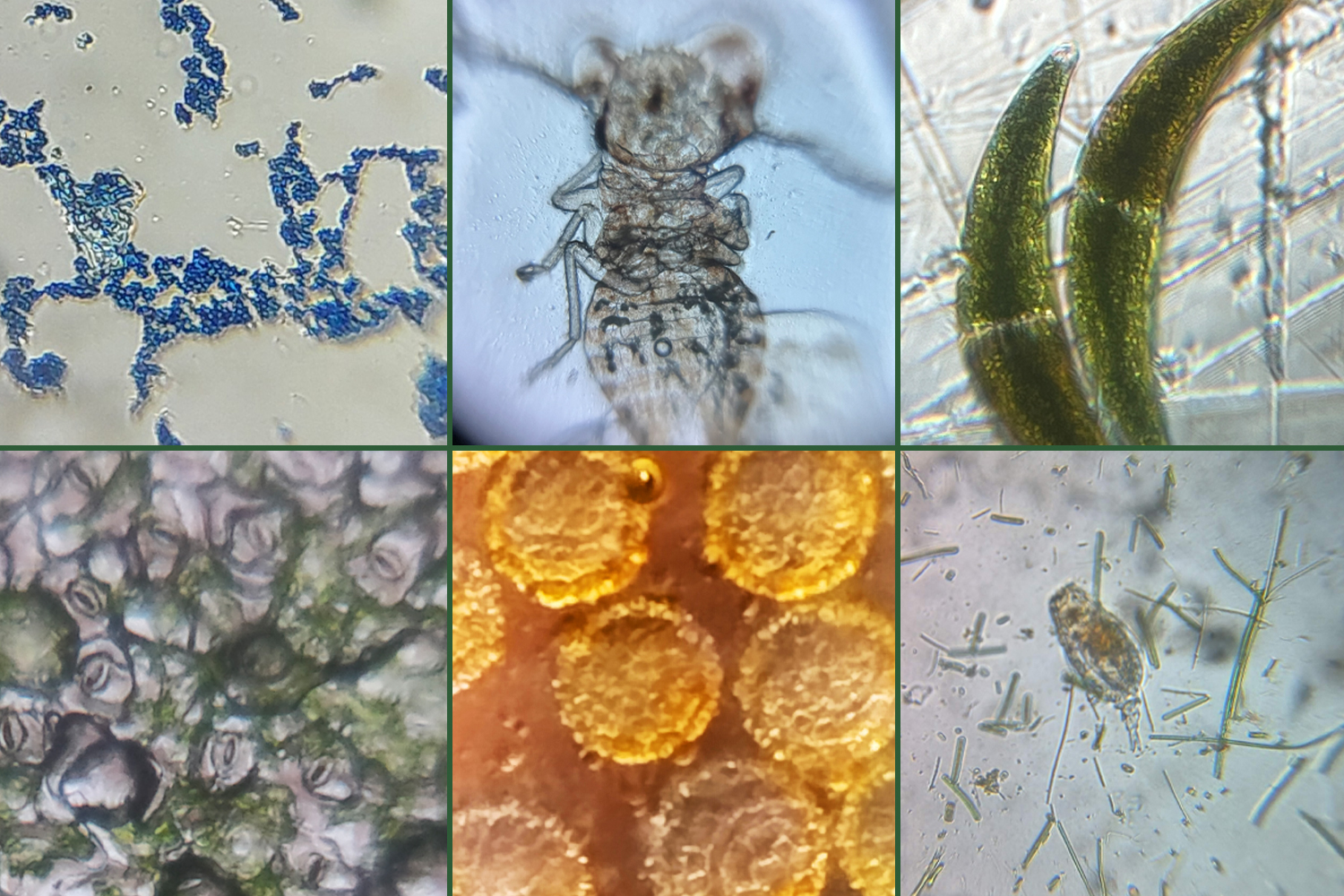
Nemo, Jessica Rae, Holly Stuart, Pandiarajan tnsf, Prakash S, Karthikbotany/Foldscope (foldscope.com); Photo composite Encyclopædia Britannica, Inc.
This image shows six more specimens (samples) as viewed through Foldscope. Clockwise from the left, they are yeast (stained blue), an insect, algae, zooplankton (a tiny water animal), pollen grains, and tiny openings in the leaf of a hibiscus plant.
Eight-year-old S. Hariraj, who lives in India, used Foldscope to study the milk from his parents’ cows.
“It has to be boiled and cooled before we can drink it,” he told National Public Radio. How does he know? The Foldscope showed him that milk straight from a cow can be full of microorganisms. Boiling the milk can kill these tiny, possibly harmful living things. “The Foldscope taught me that the world we see around us can be very different than what we assume. It’s like having a third eye.”
